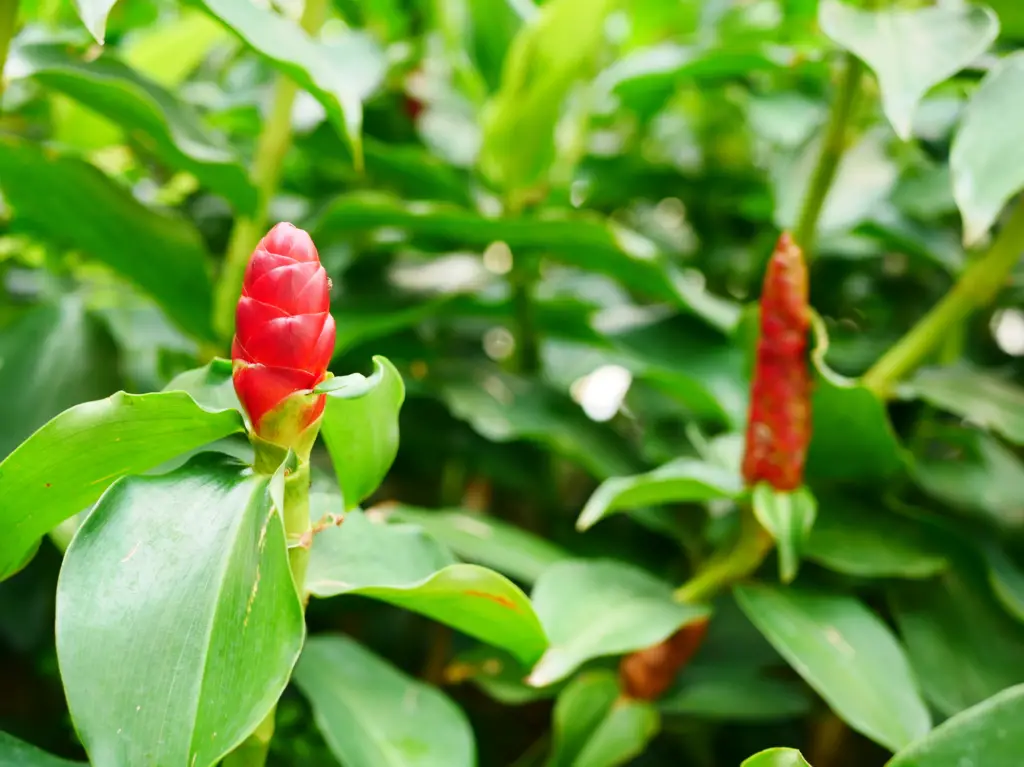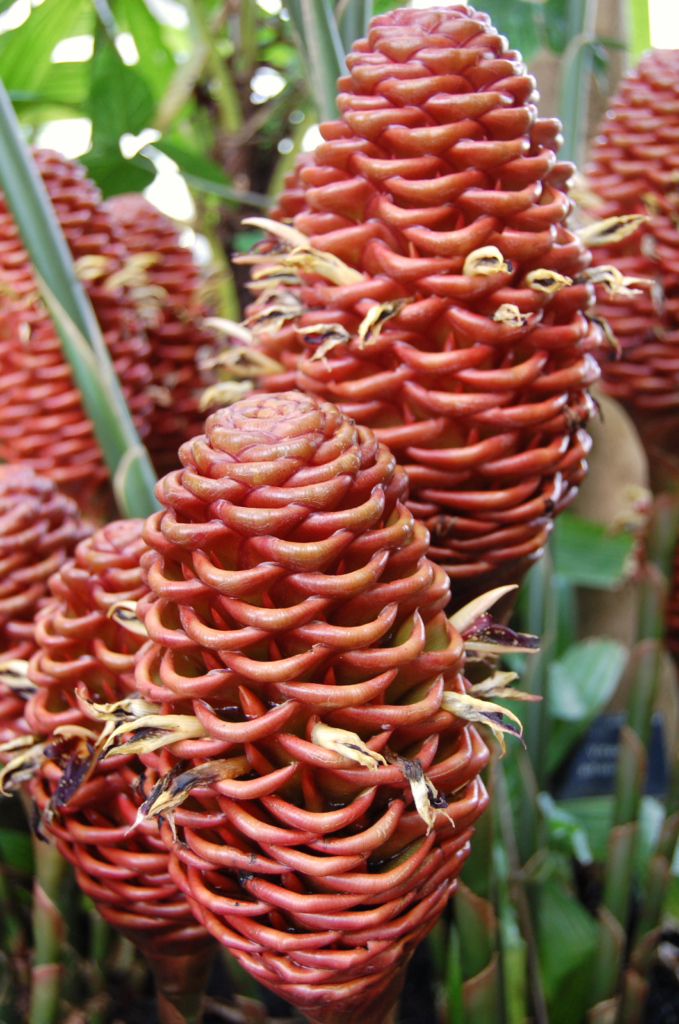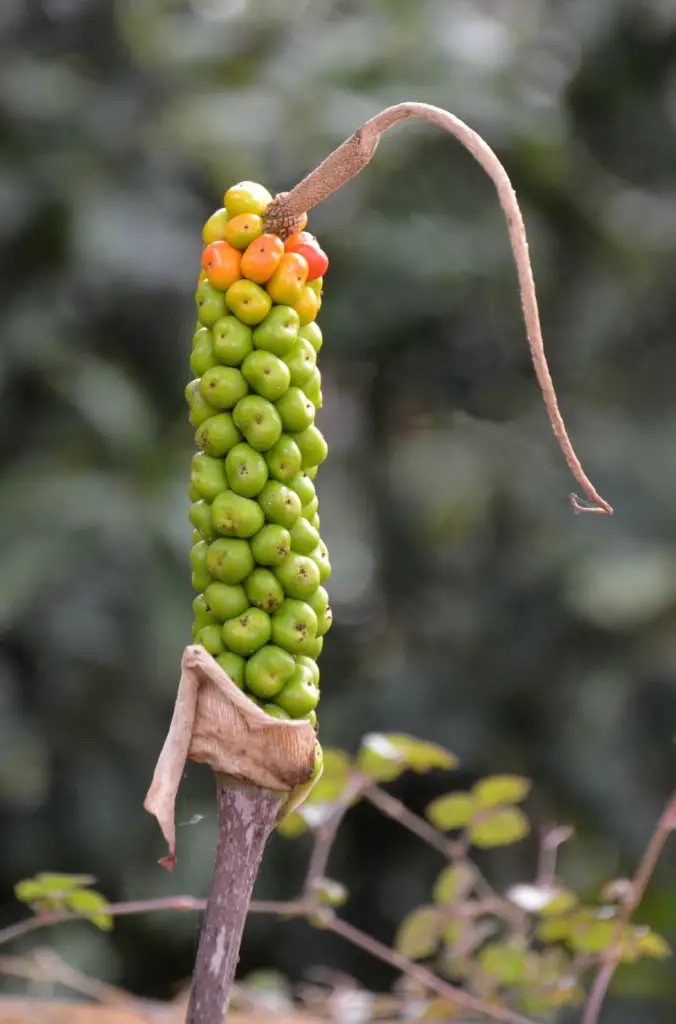If you’re looking for a tropical houseplant for your home, the shampoo ginger lily is an excellent choice. This plant is native to Asia and the Pacific Islands. It is known for its striking flowers and intriguing fragrance, as well as its many potential health benefits. In this article, we will explore the shampoo ginger lily in more detail.
Table of Contents
What is a Shampoo Ginger Lily?
The shampoo ginger lily, also known as the butterfly ginger or ginger lily, is a member of the Zingiberaceae family. This family includes many other well-known members, such as ginger, turmeric, and cardamom. The shampoo ginger lily gets its name from its rhizomes (underground stems) can be used to make natural shampoo. The rhizomes contain saponins, which are natural cleansing agents that can help to remove dirt and oil from hair.
In addition to its use as a shampoo, the plant is also valued for its ornamental qualities. The shampoo ginger lily produces large, showy flowers that range in colour from white to pink, yellow, or red. The flowers have a unique butterfly-like shape and a sweet, spicy fragrance that is similar to that of ginger.



Variations of Shampoo Ginger Lily plants
There are several types of shampoo ginger lily plants, each with its unique characteristics and appearance. Here are some of the most popular types of shampoo ginger lily plants:
- Zingiber zerumbet: This is the most common type of shampoo ginger lily, also known as pinecone ginger or wild ginger. It has cone-like flower heads that resemble pine cones and a spicy, ginger-like fragrance.
- Zingiber spectabile: Also known as beehive ginger, this type of shampoo ginger lily has a round, beehive-shaped flower head with bright red bracts.
- Zingiber purpureum: This type of shampoo ginger lily has striking purple flowers with a fragrant aroma.
- Zingiber cassumunar: Also known as plai, this type of shampoo ginger lily has white or pink flowers and is used in traditional medicine for its anti-inflammatory properties.
- Zingiber montanum: This type of shampoo ginger lily has large, velvety leaves and green and white flowers.
- Zingiber ottensii: This type of shampoo ginger lily has a unique, twisted appearance and yellow flowers with red tips.
- Zingiber smithii: Also known as smith’s ginger or butterfly ginger, this type of shampoo ginger lily has pink and yellow flowers that resemble butterflies.
Each type of shampoo ginger lily has its unique beauty and characteristics. By selecting the right type for your space, you can add a beautiful and fragrant touch to your indoor garden.
Caring for a Shampoo Ginger Lily
If you’re considering adding a shampoo ginger lily to your collection of houseplants, here are a few things you should know about caring for this unique plant:
- Light: Shampoo ginger lilies prefer bright, indirect light. They can tolerate some direct sunlight, but too much can scorch the leaves.
- Watering: The shampoo ginger lily likes to be kept consistently moist, but not soaking wet. Water it thoroughly when the top inch (2.5 centimetres) of soil feels dry to the touch.
- Soil: This plant prefers a well-draining, nutrient-rich soil. You can use a commercial potting mix or create your own by combining equal parts peat moss, perlite, and compost.
- Temperature and Humidity: The shampoo ginger lily prefers warm, humid environments. Keep it in a room with a temperature between 65 and 75 degrees Fahrenheit (18-23 degrees Celsius), and mist the leaves regularly to keep the humidity level high.
- Fertiliser: You can fertilise your shampoo ginger lily every two to four weeks during the growing season (spring and summer) with a balanced, water-soluble fertiliser.
- Propagation: Shampoo ginger lilies can be propagated by dividing the rhizomes. Wait until the plant has finished flowering, then carefully remove it from its pot and separate the rhizomes into smaller sections. Replant the sections in fresh soil, and keep them moist until they establish new roots.
Pest management for Shampoo Ginger Lily
Like all plants, shampoo ginger lilies can be susceptible to pests and diseases. These include aphids, spider mites, mealybugs, scale insects and thrips. You can spray the plant with a mixture of water and dish soap or use an insecticidal soap. Alternatively, you can use a cotton swab dipped in alcohol to remove them. Alternatively, miticide can be used to manage spider mites and a pyrethrin-based insecticide can be used to manage thrips.
In addition, it’s important to practice good sanitation by removing any fallen leaves or debris from the plant’s soil. This can help to prevent the spread of pests and diseases. Finally, inspect your shampoo ginger lily regularly to treat them promptly to prevent further damage.
Repotting the shampoo ginger lily
Repotting shampoo ginger lily plant is a crucial part of its care as it ensures that the plant has enough room to grow and access to fresh nutrients. You should repot your shampoo ginger lily is in the spring or early summer when the plant is actively growing.
Avoid repotting during the dormant season as it may shock the plant and cause it to wilt or die. Select a new pot that is one size larger than the current one. Ensure that the new pot has adequate drainage holes to prevent waterlogging. Fill the new pot with a well-draining potting mix.
Gently loosen the soil around the plant using a garden fork or trowel. Carefully lift the plant out of the pot by holding the base of the stem. Avoid pulling the plant by the leaves as this can cause damage. Inspect the roots of the shampoo ginger lily for any signs of damage or disease. Trim off any damaged or rotten roots using a sharp, sterile pair of scissors.
Place the shampoo ginger lily plant in the new pot and fill in the gaps with the fresh potting mix. Ensure that the soil level is at the same height as it was in the old pot. Gently press down the soil around the plant to remove any air pockets. Water the shampoo ginger lily plant thoroughly after repotting to settle the soil and encourage root growth. Allow the excess water to drain out of the pot before placing it in its usual spot.
After repotting, provide proper care for your shampoo ginger lily by placing it in indirect sunlight and watering it regularly. Avoid overwatering or underwatering the plant, as both can be harmful to its growth.



Potential Health Benefits of Shampoo Ginger Lily
The shampoo ginger lily has been used in traditional medicine for centuries and is believed to have potential health benefits. Its rhizomes possess anti-inflammatory properties, making it an effective natural remedy for treating associated with conditions, such as arthritis. Additionally, the plant has antimicrobial properties, including fighting harmful bacteria and fungi, making it useful in treating various infections. The shampoo ginger lily is also believed to aid digestion, boost the immune system, and reduce stress levels. However, more research is needed to determine the full extent of its medicinal properties.
Conclusion
The shampoo ginger lily is a beautiful and fragrant plant that can be grown indoors as a houseplant. It requires proper care and attention to thrive, including proper watering, fertilisation, and pest management. It is important to follow the right steps to ensure that the plant continues to grow and remain healthy. The shampoo ginger lily is a versatile plant for indoor gardening. Shampoo ginger lily has several potential health benefits, including its use in traditional medicine for its anti-inflammatory and antiseptic properties. It is also a great choice for indoor gardeners who want to add a touch of beauty and fragrance to their homes while also enjoying potential health benefits.
